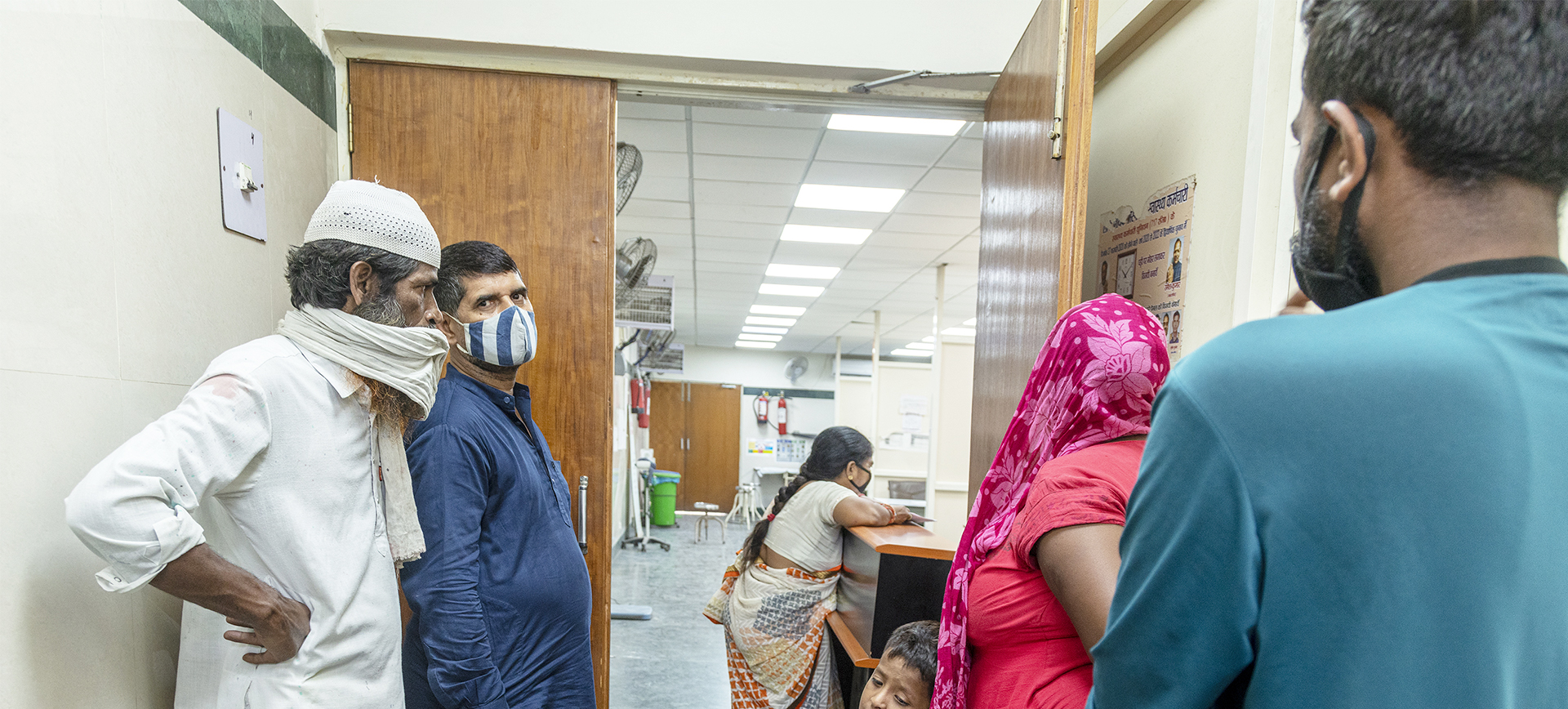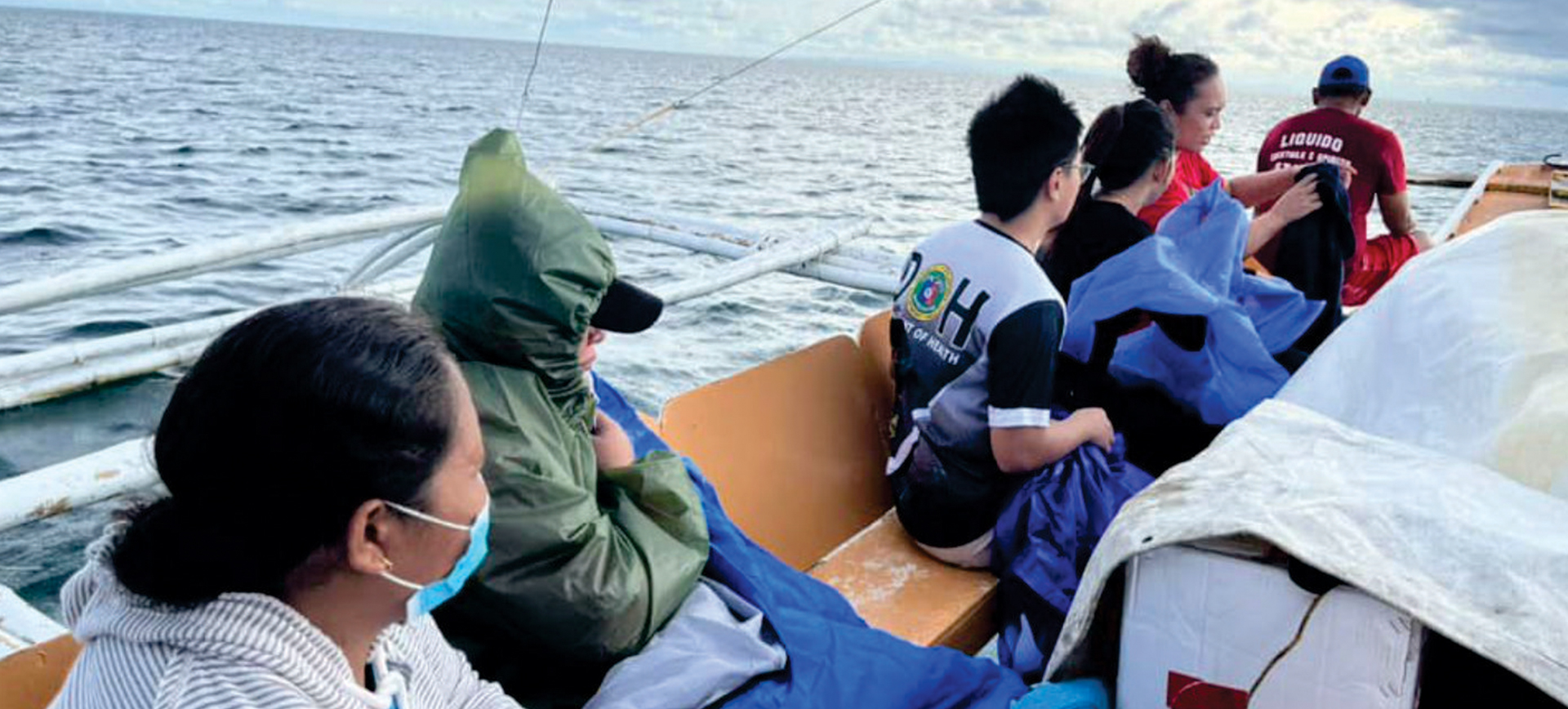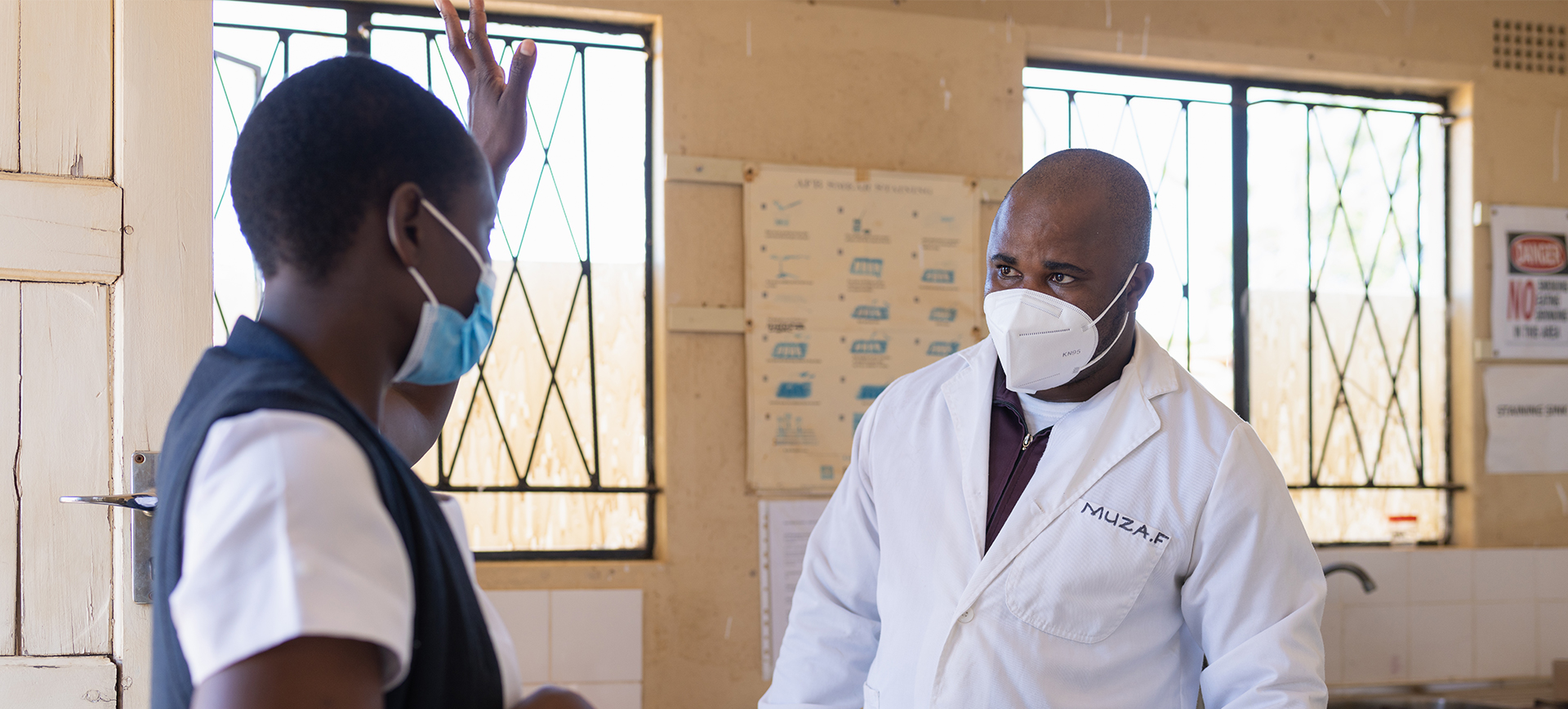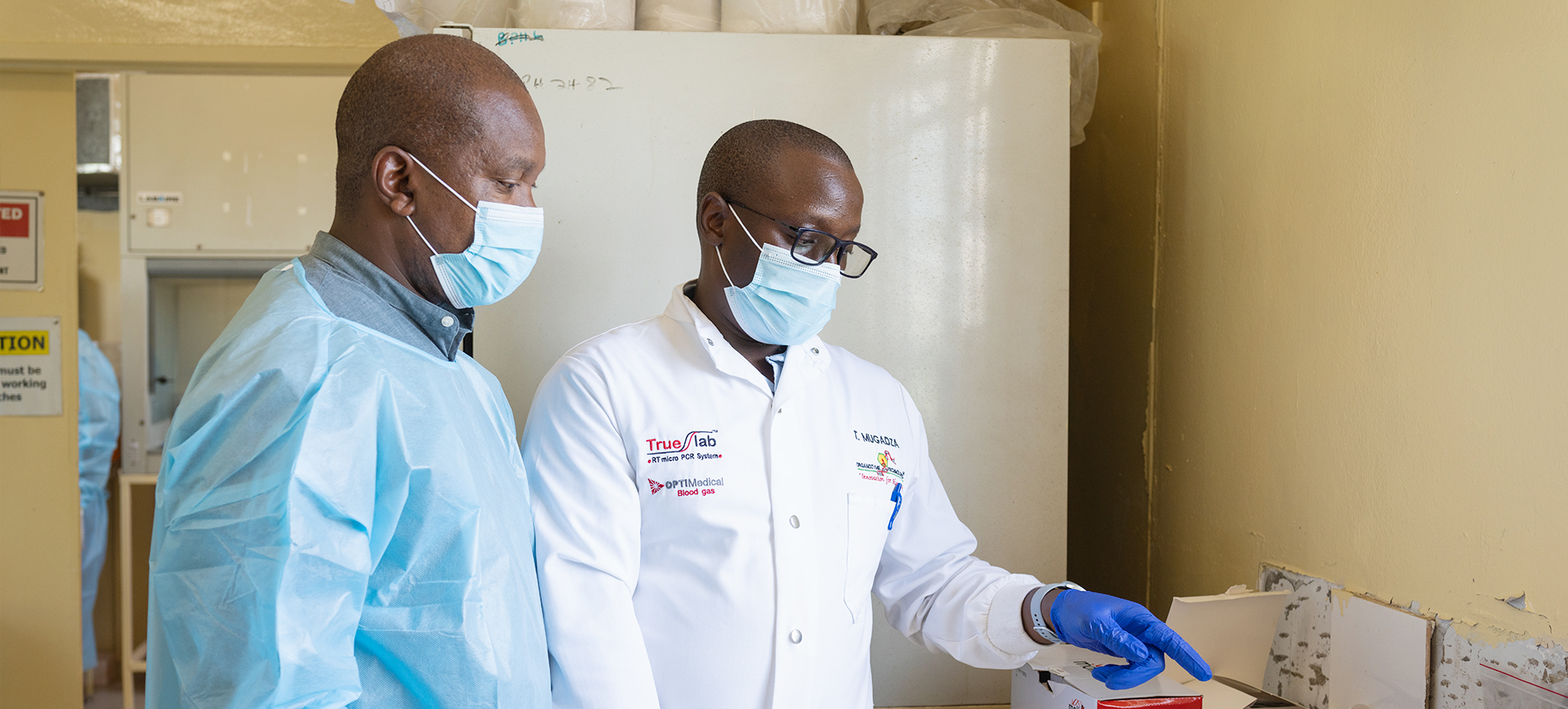Of all the millions of Indian migrant workers that moved homes in 2020, Rajesh Kumar’s plight was caught in a makeshift testing center at the border of Maharashtra and Madhya Pradesh. The contraption was no bigger than a laptop and he was among the few individuals who found themselves on the frontlines in India against COVID-19.
“I can never forget those days,” Rajesh recounts. “Complete families walked here as if to make some kind of a pilgrimage, looking terribly thin, with empty faces and tired bodies, after hundreds of kilometers of walk. They just wanted to go home, but we had to be sure that they weren’t carriers of the virus.
Although over the past few days a subtle difference had occurred at the checkpost. Rajesh could now tell the tired souls waiting to get past the gates: “Just give us a few hours,” instead of telling them to wait for days. The change was due to a device called Truenat, which in real time turned around India’s pandemic diagnosis response.
Across India, over 800 sites were made operational along state borders, rural health centres, and transit hubs where thousands ended up getting treated. The challenge seemed huge- how could one test millions quickly and accurately, including in remote areas where there was no guarantee of electricity?
Dr. Meena Sharma, who oversees testing at a rural camp in Uttar Pradesh, explained, “That’s the big advantage of Truenat.” She added, “We can set up a testing lab anywhere.” The device is small, battery-operated, and delivers results within hours. For migrants, this meant the difference between being stuck in crowded camps and reaching home safely.
Passengers could be screened at train stations before boarding, with health workers conducting tests on-site. At interstate checkpoints, authorities could tag people with quarantine directives. Communities also had access to immediate testing in areas where traditional labs would take days to respond to an outbreak.
“It wasn’t just about testing,” says Amit Patel, who managed a testing center in Gujarat. “Giving people certainty was crucial in uncertain times. A family of five, exhausted after walking for days, didn’t need to wait even longer for results. With Truenat, we could tell them by evening whether they could continue their journey.”
This system wasn’t limited to cities—it reached every corner. In Chhattisgarh, mobile Truenat units acted as portable testing labs in tribal areas, bringing diagnostics to places that had never seen such technology. Battery-powered and easy to transport, they provided healthcare where it had never been before.
For migrant laborers like Sunita Devi, who had walked around 300 kilometers along with her two children to reach home in Bihar, this quick testing was of utmost importance. “We were afraid we would be stuck at the border for days,” she said. “But we gottested in the morning, and by afternoon we were told that we could continue our journey. It felt like a miracle.” ”
What started as an emergency response quickly transformed itself into a paradigm shift in the way health care delivery happens. Truenat proved that quality point-of-care diagnosis meant that it could actually be brought close to the people, in times of crisis, instead of being pushed to big city laboratories.
Today, those 800 devices stand as proof of how innovation can make a difference when paired with urgent human need. They represent more than just tests or cases—they stand for families reunited, communities protected, and lives saved.
In a country devastated by COVID-19, Truenat was more than just a diagnostic tool. It was a symbol of hope, bridging the gap between urban and rural areas, between advanced laboratories and basic healthcare centers.
As one health worker put it, “We did not just deliver the test results, but delivered peace of mind, one family at a time.”





